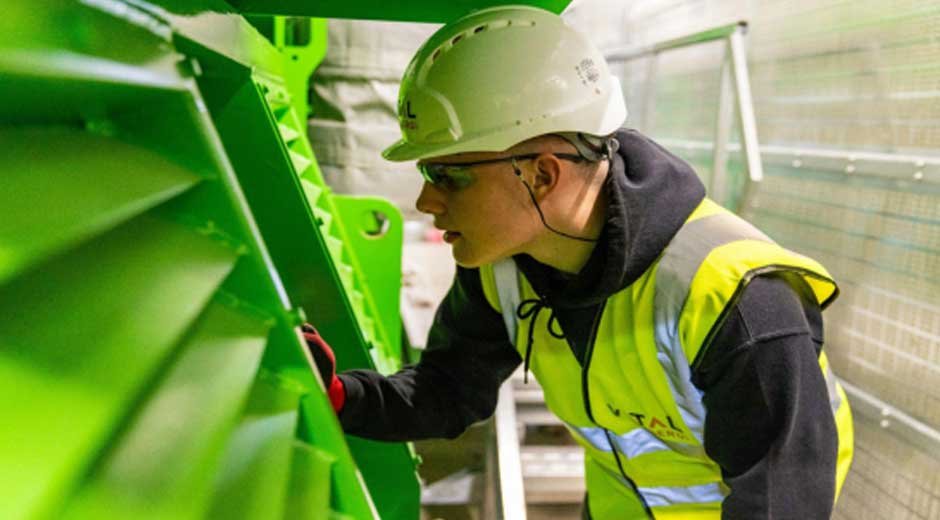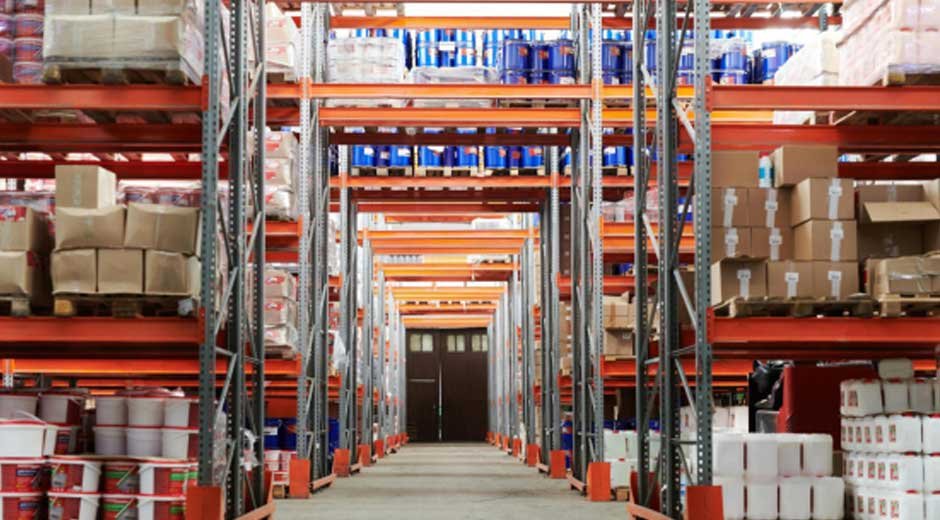Skip to the good bit
ToggleFactory inspections are a vital part of industrial operations, a safety net against failures and a benchmark for compliance. These checks ensure processes are efficient, safe and compliant. By identifying risks and non compliance early businesses can avoid downtime and continuous improvement in their operational practices.
What are Factory Inspections?
Factory inspections are a thorough examination of the production processes, safety procedures and compliance to legal and industry standards within a manufacturing environment. These can be done by internal staff or external agencies depending on the purpose and scope of the inspection. The main goal is to have factories running efficiently, safely and legally and sustainable business and product quality.
Why are Factory Inspections necessary?
Factory inspections are crucial. Regular checks help businesses to:
- Comply with health, safety and environmental laws.
- Improve operational efficiency by finding process improvements.
- Reduce risks from equipment failure and workplace accidents.
- Protect worker health and safety by systematic checks of safety measures and ergonomics.
- Maintain product quality and consistency across production runs.
Early identification of issues allows for timely corrective actions which can reduce downtime and overall safety and productivity of the manufacturing environment.
Who performs Factory Inspections?
Internal vs External Inspections
Factory inspections are classified into two types: internal and external. Internal inspections are done by the company’s own staff who are trained to assess and review various aspects of the production process. External factory inspection services are conducted by third-party agencies or regulatory bodies to provide an unbiased assessment of compliance and operational efficiency.
Qualifications of a Factory Inspector
- Education in engineering, safety management or quality control.
- Certifications such as Certified Quality Inspector (CQI) or Certified Safety Professional (CSP).
- Experience in the manufacturing industry with knowledge of operational processes, regulatory requirements and safety standards.
How to Prepare for a Factory Inspection?
Pre-Inspection Checklist
To prepare for a factory inspection:
- Make sure all necessary documents such as safety procedures, training records and compliance certificates are up to date and available.
- Conduct an internal review to identify potential issues in safety, operations and compliance.
- Inform the staff about the upcoming inspection and stress the importance of cooperation and transparency during the process.
Documents to be presented during Inspections
Documents to be reviewed during factory inspections:
- Safety compliance certificates
- Machinery maintenance and calibration records
- Employee training and certification records
- Environmental permits and compliance records
What are the types of Factory Inspections?

There are three main types of factory inspections. Below are overviews for each one.
Routine Safety Inspections
These are scheduled inspections that focus on the physical work environment safety, machinery operation, employee PPE and emergency response protocols.
Environmental Inspections
These inspections check compliance to environmental regulations, waste management, emissions and use of hazardous materials.
Quality Control Inspections
These inspections ensure the product meets quality specifications and standards, that the process can produce the desired output.
What do Factory Inspectors Look For?
Safety Compliance
Inspectors check if the factory meets legal safety standards, fire suppression systems, safety signs and emergency exits are functioning and maintained.
Equipment and Machinery Maintenance
Regular checks to ensure all machinery is in good working order, calibrated and serviced according to manufacturer’s specifications to prevent accidents and breakdowns.
Employee Safety Practices
Inspection of how employees interact with machinery and if they follow safety protocols, wearing of personal protective equipment and following operating procedures.
How to do a Factory Inspection?
Step by Step Guide to a Typical Inspection Process
- Preparation: Collect necessary documents and do a internal walk through.
- Opening Meeting: Discuss scope and objectives of the inspection with factory management and inspection team.
- Physical Inspection: Walk through the production area and note any discrepancies.
- Document Review: Review all relevant documents and records for completeness.
- Closing Meeting: Summarize findings and discuss preliminary observations with factory management.
Tools and Technologies Used in Inspections
Factory inspections use:
- Digital checklists and mobile apps to collect and analyse data during inspections.
- Thermal imaging cameras to detect overheating equipment or electrical issues not visible to the naked eye.
- Drones to inspect hard to reach areas or large facilities.
What are the Common Findings in Factory Audits?
Common Non-Compliances
- Safety protocols not followed: Inadequate safety signs, hazardous materials not stored properly, not enforcing PPE usage.
- Equipment failures: Poorly maintained or obsolete equipment that can pose safety and productivity risks.
- Document discrepancies: Incomplete records or non compliance to reporting requirements.
Areas factories often miss
Some areas factories often neglect:
- Scheduled maintenance: Not scheduling regular checks and maintenance of machinery can lead to breakdowns.
- Employee training: Not training employees on safety practices and equipment usage.
- Environmental regulations: Non-compliance with environmental standards, such as improper waste disposal and management.
What to do when you find issues during inspections?
Corrective Actions and Tips
When you find issues during a factory inspection, act fast. Here’s what to do:
- Fix safety hazards: Repair faulty equipment or retrain staff on safety procedures.
- Review and update safety protocols: Make sure all safety measures are up to date and compliant with laws.
- Training sessions: Have regular training to reinforce safety standards and procedures.
What are the legal implications of factory inspections?
Regulatory Requirements
Factories must comply with many laws, which include:
- Occupational Safety and Health Administration (OSHA) rules: Workplace safety and health.
- Environmental Protection Agency (EPA) regulations: Environmental standards for emissions and waste management.
- Local and state laws: Local and state specific regulations that apply to the factory’s location.
Non-Compliance Consequences
- Fines and penalties: These can be big, depending on the severity.
- Operational downtime: Non-compliance can lead to shutdowns or major operational restrictions.
- Reputation damage: Public knowledge of non-compliance can harm a company’s reputation.
How to use technology in factory inspections?

Digital tools and software for inspections
Using technology can make inspections more efficient and thorough:
- Enterprise Resource Planning(ERP) systems: To manage and track everything production and maintenance.
- Automated inspection software: These tools can schedule inspections and make sure nothing is missed.
- Mobile inspection apps: Inspectors can enter data directly into their devices, reducing paperwork and increasing accuracy.
Data Analytics in factory inspections
Data analytics can change the way inspections are done by:
- Predicting failure points: Using historical data to see trends and where failures will occur.
- Better decision making: Analytical tools can prioritize inspection and maintenance activities based on risk assessment.
Future of factory inspections
Future of factory inspections is all about automation and integration of advanced technologies like:
- AI and machine learning: For predictive maintenance and anomaly detection.
- Internet of Things (IoT) sensors: These sensors can monitor equipment and environmental conditions 24/7 and provide real-time data to address potential issues before they happen.
Common mistakes in factory inspections and how to avoid them
Avoid these common mistakes:
- Missing small issues: Small issues can become big problems; so address them ASAP.
- Insufficient inspector training: Make sure inspectors are trained and up to date with industry standards and best practices.
Summary
Factory inspections are key to safety, compliance and efficiency in production. Follow best practices, use modern technologies and stay updated with the latest trends to boost your operational performance and a safe working environment.
FAQs
1. What is a factory inspection?
A factory inspection is a thorough assessment of a manufacturing facility’s processes, quality control and compliance to safety and industry standards. Inspections are done by internal auditors, external certification bodies or regulatory authorities to ensure production methods meet pre-defined criteria and laws.
2. Why is factory inspection important?
Factory inspections are important to maintain high quality and safety in the production process. They help identify potential risks and non-compliance issues that can lead to defective products or legal violations. Regular inspections also support continuous improvement in production efficiency and product quality, to build trust with customers and business partners.
3. What is being inspected during a factory inspection?
During a factory inspection:
- Safety protocols: Compliance to workplace safety and occupational health standards.
- Quality control systems: Effectiveness of processes that ensure product quality.
- Environmental compliance: Factory meets environmental regulations and standards.
- Supply chain management: Sourcing and traceability of raw materials.
- Employee welfare: Conditions related to worker rights and labor laws.
4. How often should factory inspections be conducted?
The frequency of factory inspections can depend on various factors such as industry sector, local regulations and previous audit results. High risk industries like pharmaceuticals and food production may require more frequent inspections. Generally annual inspections are recommended but more frequent (semi-annual or quarterly) may be needed if previous inspections identified major issues.








